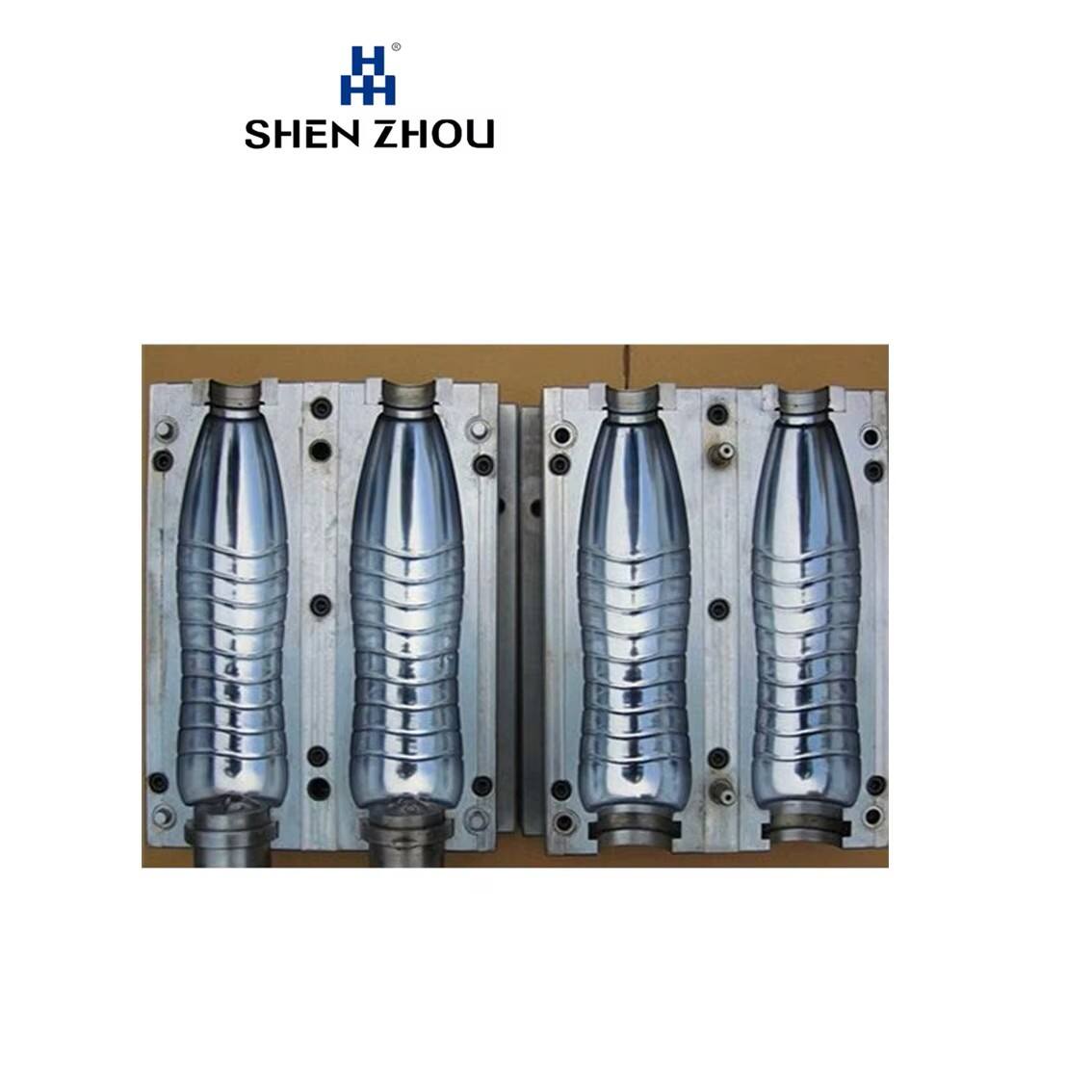Injection molding is ideal to manufacture large quantities of parts, although any problem during setup or maintenance might result a failure, which is a waste of material, additional labor and delays. Keeping production on schedule can be achieved by knowing potential problems and how to prevent them. Regardless you're just starting out or have been doing it for years, it is easy to know the common defects, which means that you are able to identify the problems early and address them before they get worse.
Overview of the Most Common Injection Mold Defects
Poor design of molds or incorrect settings or minor material errors can result in injection molding defects, which slows down production and damages quality.
Short Shots – Part that is not completely filled, because of low pressure, low speed, trapped air, or undersized gates; it can solve by adjusting the pressure, heat, or gate/runner design.
Sink Marks – Small dips can happen when the walls are too thick or the cooling isn't even. To fix this, you can change the packing time or pressure, increase the cooling, or keep the wall thickness the same.
Flash – High pressure, damaged molds, or clamps that aren't lined up correctly can push material out of the edges. To fix this, lower the pressure, fix the molds, and make sure the clamps are lined up correctly.
Burn Marks – Pigmented parts of air or decomposed material that are stuck and can't be injected, vented properly, or checked for quality.
Warping – Small parts twist or bend because they cool or shrink unevenly. To fix this, use balanced mold temperatures, a smoother form, or a substance that doesn't shrink.
Being aware of such causes will enable the detection of these problems at an early stage, which saves time and materials.
Causes of Flow Lines, Burn Marks, and Short Shots
Flow lines, burn markings, and short shots are common injection molding mistakes that affect appearance and functionality. Flow lines look like streaks when the plastic cooling rate is uneven. This can happen when the speed or pressure is too low, the molds are too cold, the gate is in the wrong spot, or the flow channels are too long. To fix this, you can speed up the process, heat the molds, or change the gate design. Burn marks are found as dark spots as a result of trapped air or gas, due to poor venting, fast injection, degraded or wet material, the fixes are clean up vents, slow injection and drying material. Short shots occur when the mold does not fill due to either low speed/pressure, cold molds, air traps, or high viscosity; solutions include increasing pressure, heat or venting. Understanding such causes enables the identification of problems in time, reducing waste, and the enhancement of output.
Best Practices to Prevent Warping and Flashing
Warping and Flashing are minor, but can bring huge production issues. Warping occurs when the parts do not cool evenly, leading to a bending or twisting effect; this can be as a result of uneven temperature during the mold, ineffective cooling, change in wall thickness or improper packing. Some methods of fixing involve balancing the cooling of the moulds, maintaining uniformity in the walls, or pressure/holding time, or low-shrinkage plastics. The thin additional plastic on the parting lines or sides is a result of high pressure, old molds, loose clamps, or misaligned surfaces referred to as flashing. To avoid it, only the necessary pressure to fill, inspect, and align molds, and maintain surfaces clean is necessary. Consistency in parts and prevention of defects can be achieved by regular check and minor adjustments.
Mold Design and Process Settings That Improve Product Quality
Proper mold design and appropriate process settings make high-quality molded products. Good material and machines can give poor design or incorrect settings and result in warping, short shots, flash or other defects. The ways to prevent it include maintaining the uniform thickness of the walls, including proper ventilation, selecting an appropriate type of the gate, and locating the cooling channels. On the process side, melt temperature should be set to flow smoothly, injection speed and pressure should be adjusted to eliminate lines, flash or burns and correct holding pressure, time and cooling time should be used to eliminate shrinkage or warping. Designing and settings are very important because they save time and minimize wastage and consistency of parts.


